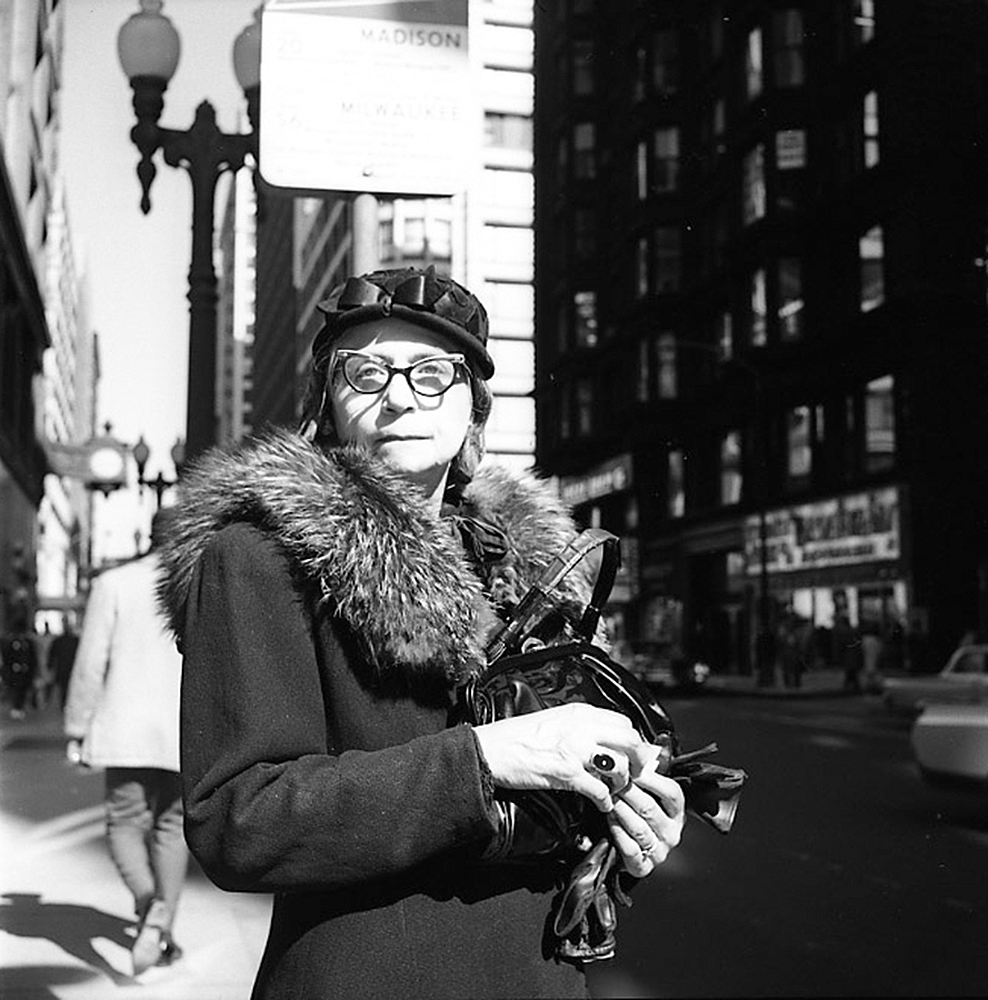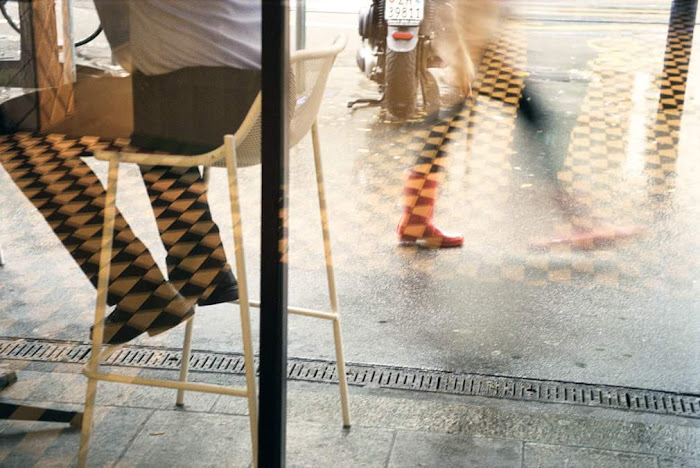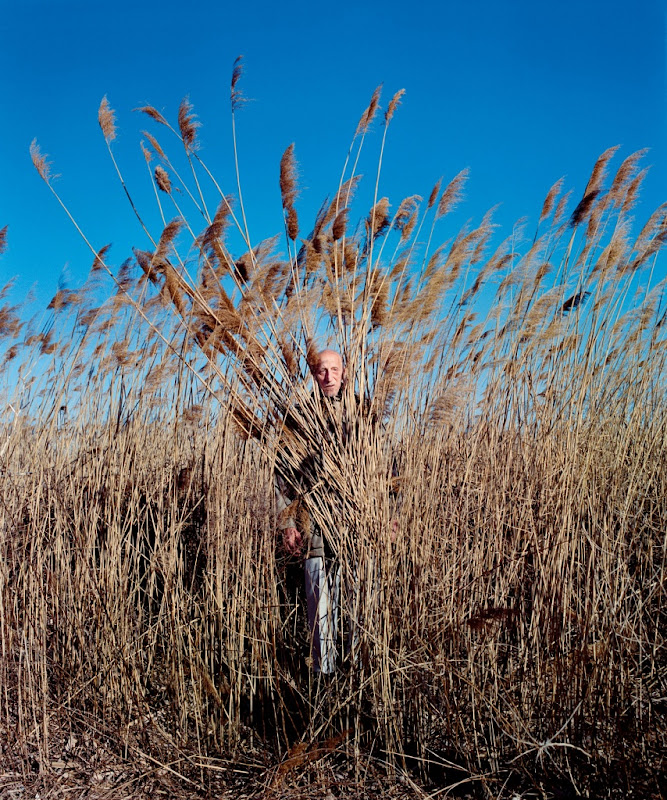Excerpts: From the beginning, the idea of human races and their existence has
been linked to an evaluation of these supposed races. Indeed, the notion that
different groups of people differ in value preceded supposedly scientific work
on the subject. The primarily biological justification for defining groups of
humans as races – for example based on the colour of their skin or eyes, or
the shape of their skulls – has led to the persecution, enslavement and
slaughter of millions of people. Even today, the term ‘race’ is still
frequently used in connection with human groups. However, there is no
biological basis for races, and there has never been one. The concept of race
is the result of racism, not its prerequisite.

On 9 August 2019, we marked the 100th anniversary of the death of Ernst Haeckel,
former professor in Jena, dubbed the ‘German Darwin’ and probably the best-known
German zoologist and evolutionary biologist. With his supposedly scientific
classification of human ‘races’ into a ‘family tree’, Ernst Haeckel, the founder
of phylogenetics, made a fateful contribution to a form of racism that was
seemingly based on science. The position of human groups in his tree of life was
based on arbitrarily selected characteristics such as skin colour or hair
structure, presented from a phylogenetic point of view. This resulted in these
people being viewed in a particular sequence, which implied that some groups had
higher or lower status on biological grounds than others.
(...) Despite, or maybe precisely because of the close connection between racism
and the supposed existence of races, it is the duty of science and thus also of
a scientific society such as the German Zoological Society to evaluate the
possibility of human races being a reality. The question is whether races in
general, and races of humans in particular, are a biological reality, or whether
they are pure constructs of the human mind. For the influential taxonomist Ernst
Mayr, the existence of human races was a ‘biological fact’ (Mayr 2002), at least
before the colonial age. The justification for his view is still reflected in
the common concept that human races correspond to ‘geographical types’ that we
also find in other species and that are based on many criteria. An alternative
to geographical types of humans that correspond to races did not seem possible
to Mayr, although he came out clearly against any kind of racism.
For geographical races (or subspecies), Mayr generally emphasised the necessary
‘taxonomic difference’ between geographically separated populations of a
species. This places the concept of ‘race’ somewhere between the concept of
population (which due to its existence as a reproductive community, actually
corresponds to an individual in the philosophy of science) and that of species.
Today, this taxonomic difference is predominantly determined through genetic
distances. However, determining which taxonomic difference or genetic
differentiation would be sufficient to distinguish races or subspecies is
completely arbitrary and thus also makes the concept of races/subspecies in
biology purely a construct of the human mind. This does not mean that there is
no genetic differentiation along a geographical gradient. However, the taxonomic
evaluation of this differentiation (as race or subspecies, or not) is arbitrary.
This is even more strongly the case for humans, where the greatest genetic
differences are found within a population and not between populations. (...)
The division of people into races was and is first and foremost a social and
political classification, followed and supported by an anthropological construct
based on arbitrarily chosen characteristics such as hair and skin colour. This
construct served – and still serves – to justify open and latent racism using
supposed natural circumstances and thus to create a moral justification. (...)
The linking of features such as skin colour with characteristics or even
supposedly genetically fixed personality traits and behaviours, as was done in
the heyday of anthropological racism, has now been soundly refuted. To use such
arguments today as seemingly scientific is both wrong and malicious. There is
also no scientifically proven connection between intelligence and geographical
origin, but there is a clear connection with social background. Here too, racism
in the form of exclusion and discrimination creates supposed races.
However, racism continues to exist among people. In the 20th century, racial
research, racial science and racial hygiene or eugenics, as seemingly scientific
disciplines, were only some of the excesses of racist thinking and action.
Simply removing the word ‘race’ from our daily language will not prevent racism
and intolerance. A feature of current forms of racism is precisely the tendency
in far-right and xenophobic circles to avoid the term ‘race’. Racist thinking is
perpetuated through terms such as selection, maintaining purity or
ethnopluralism. However, the term ethnopluralism is nothing more than a new
formulation of the ideas of apartheid. Designating ‘the Africans’ as a supposed
threat to Europe and attributing certain biological characteristics are also in
the direct tradition of the worst racism of our past. So, let us ensure that
people are never again discriminated against on specious biological grounds and
remind ourselves and others that it is racism that has created races and that
zoology/anthropology has played an inglorious part in producing supposedly
biological justifications. Today and in the future, not using the term race
should be part of scientific decency.
- - - - - - - - - - - - - -
photograph by Garry Winogrand (1965)
via



































